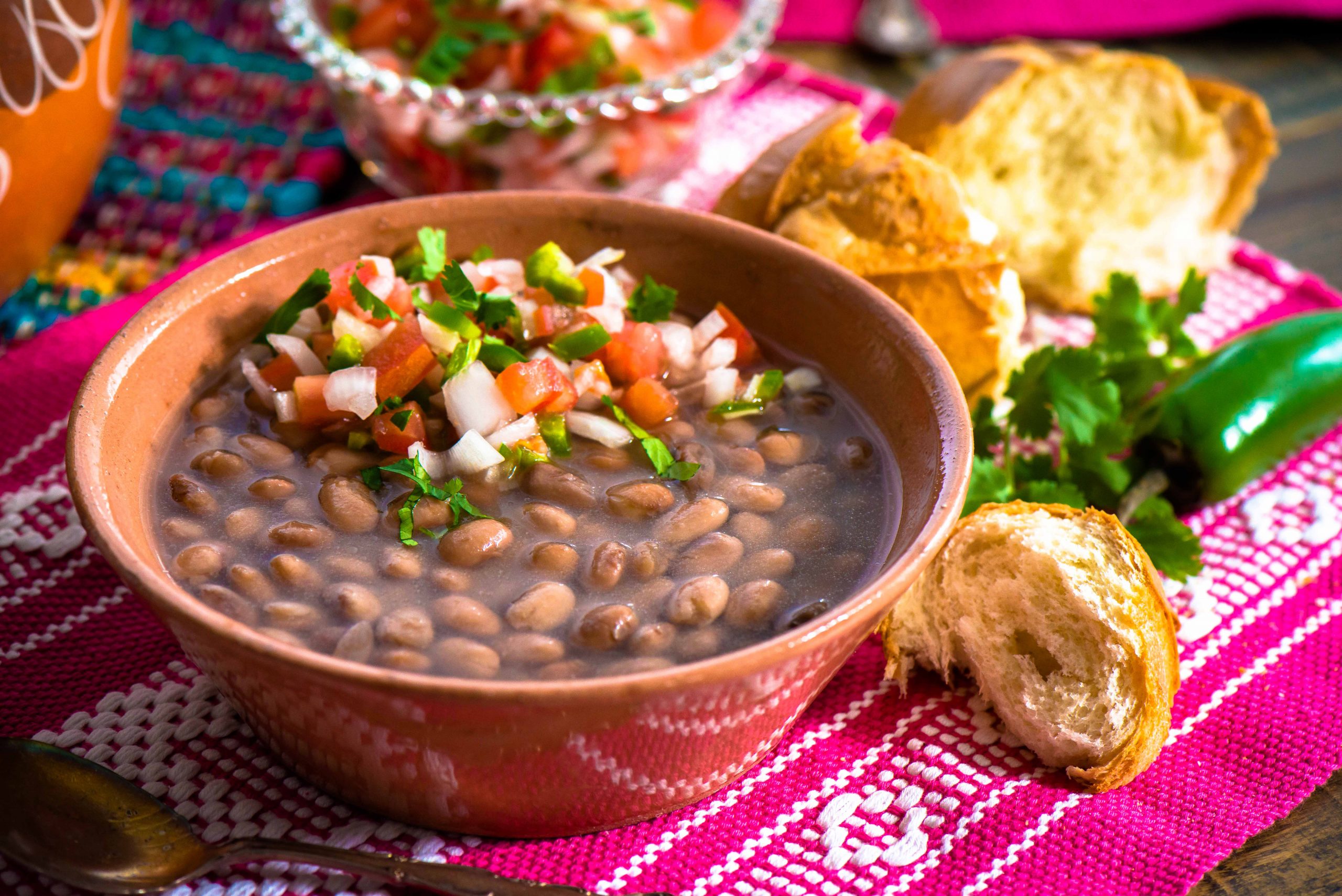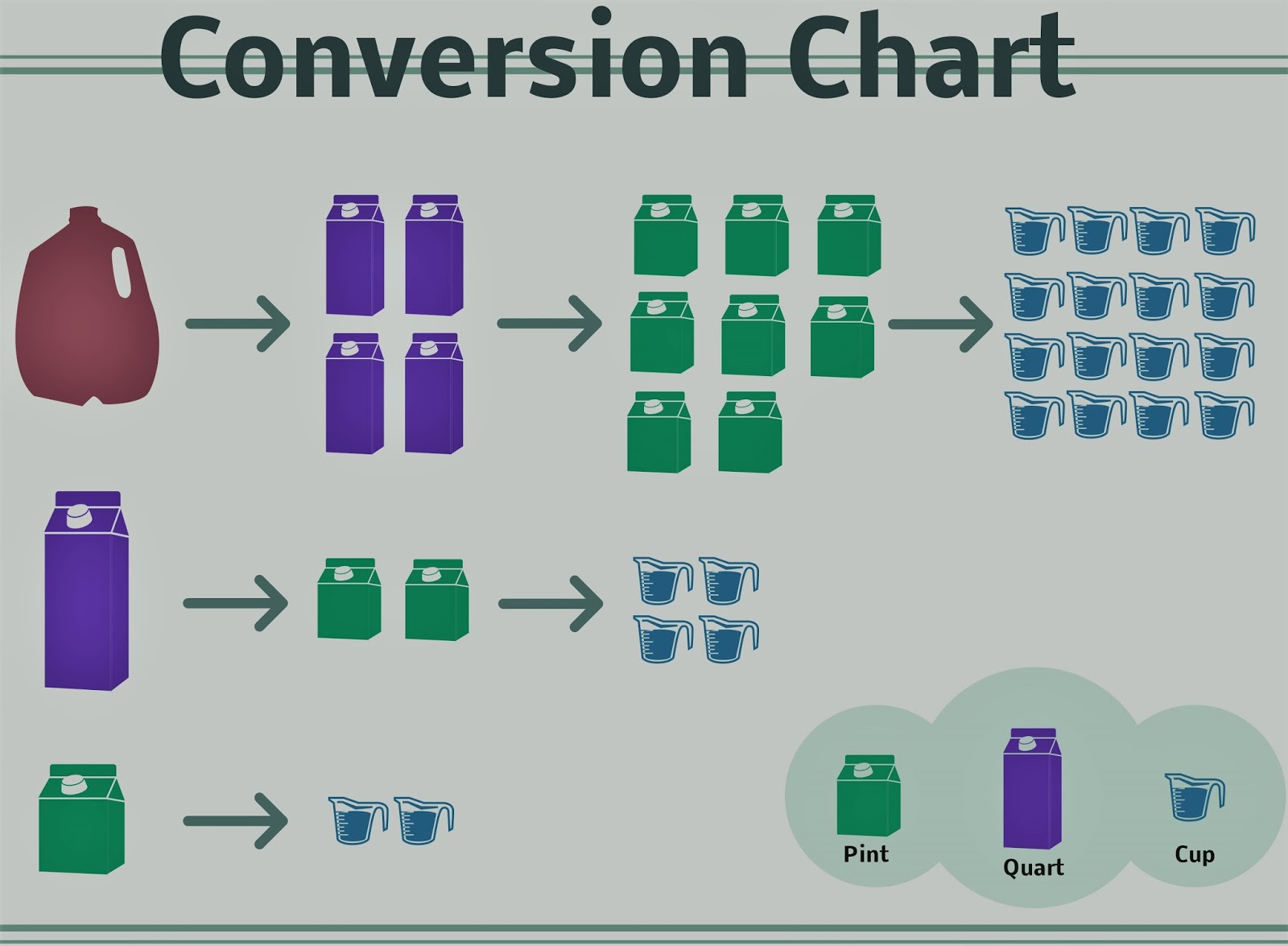

Working with cups, pints, quarts, and gallons can be confusing for some children and we suggest using plenty of hand-on activities to help them understand how the units are related. Brainstorm different items that come in gallons, such as juice, milk, and gasoline. We use abbreviation “gal” to stand for gallons. You can demonstrate how the units are related by measuring different materials and pouring them into the carton or pot. Since there are 2 cups to a pint, there are 16 cups in a gallon. Since there are 2 pints in a quart, there are 8 pints in a gallon. With some assistance they can pour 4 quarts into the gallon container to understand that 4 quarts are equal to 1 gallon. You may want to present to your children with an empty gallon carton of milk or a gallon soup pot.

Brainstorm different items that come in quart sizes, such as juice, milk, strawberries (large package), and paint.Ī gallon is a unit of measurement that is larger than a quart, pint, and cup. Remind children that we use the abbreviation “qt” to stand for quarts.
Quart to cups full#
They can pour 4 full measuring cups into a quart measure to demonstrate. Help your students recognize that since there are 2 cups in a pint, there are 4 cups in a quart. Have students pour 2 pints into the quart measure to demonstrate that 2 pints are equal to 1 quart. Show a quart measure and explain that a quart is a unit of measurement that is larger than both a pint and a cup. Brainstorm different items that come in pint sizes, such as ice cream, milk, and blueberries. Explain that we use the abbreviation “pt” to stand for pints. Ask a student to pour 2 cups into the pint measure to demonstrate that 2 cups are equal to 1 pint. Show a pint measure and explain that a pint is a unit of measurement that is larger than a cup. Challenge your students to think of items that come in cup-sized containers such as single servings of yogurt or small school milk cartons. Remind your children that we use the abbreviation “c” to stand for cups.
Quart to cups how to#
Some cups may hold more than a cup! Fill a measuring cup and model how to write the measurement 1 c. Ask your students to discuss why they think we use a universal measurement called a “cup”. Show a mug or a plastic cup and remind your children that while they are both cups, they are not the standard size used in measurement. Show a measuring cup and explain that a cup is a unit of measurement. Ask them to estimate and predict which container has the greater capacity before they begin their experiments. Have your children experiment with different containers and compare shapes and capacities using a variety of pourable materials.

Tall and skinny glasses may hold the same amount of water as short and wide glasses. Remind your children that just because two glasses are different sizes, it does not necessarily mean they have different capacities. You may want to pour water, uncooked rice, beans, small cubes, or other classroom materials from one glass into the other to demonstrate how one has a greater, smaller, or equal capacity to the other. Then show two different shaped glasses and ask the question again. Which has the greater capacity? Which can hold more? Guide them to understand that the bigger container holds more and therefore has a greater capacity. Show your children a glass and a pitcher. We recommend doing plenty of hands-on activities together, such as cooking, baking, or just measuring a variety of classroom materials to help your children understand how the units are related. Your children should also be familiar with standard units of capacity, including cups, pints, quarts, and gallons. Some children may be familiar with volume, or the amount of space something takes up, which is usually measured in cubic units. Review with your children that capacity describes how much a container can hold. It is designed to complement the Cups, Pints, Quarts, Gallons topic page on BrainPOP Jr. This page provides information to support educators and families in teaching K-3 students about cups, pints, quarts and gallons.


 0 kommentar(er)
0 kommentar(er)
